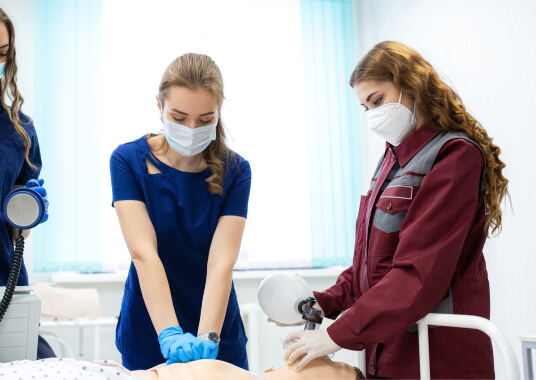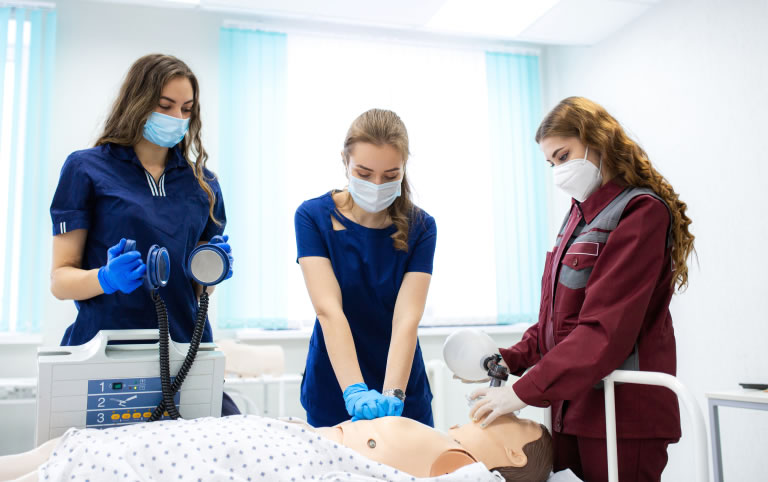CPR, First Aid, BLS, ACLS, PALS certifications.


Get certified in Adult, Child, and Infant CPR with our Online CPR/AED Course—built to give you the confidence to act fast in a real emergency. Complete the course at your own pace and receive a 2-year certification, perfect for anyone looking to be prepared in case of a cardiac or breathing emergency.
$14.95 $24.90
| Chapters | CE Credits | Validity | Cost | Duration | ECC | Exam Attempts | Wallet Card |
|---|---|---|---|---|---|---|---|
| 13 | 4.0 | 2 Years | $14.95 | 1-2 Hrs | Compliant | Unlimited | Download/Print/Mail |
Once you’ve completed 30 chest compressions, the next step in Cardiopulmonary Resuscitation (CPR) is to open the airway and deliver two rescue breaths. If you’re able to give breaths safely, you’ll improve the victim’s chances of recovery even more.

If the breaths don’t go in, return to chest compressions and continue the 30:2 cycle. Never pause compressions for more than 10 seconds.
Keep going, 30 compressions followed by 2 breaths, at a pace of 100 to 120 compressions per minute, until emergency medical services (EMS) or an Automated External Defibrillator (AED) arrives, or the person begins to show signs of life.
If the person starts breathing again, gently roll them onto their side in the recovery position. This helps fluids drain from the mouth and keeps the airway open. Be careful to support the neck, head, and back while moving them.
Note (2021 Interim Guidance): Some responders may hesitate to give breaths due to concerns about disease transmission. If you’re unable or unwilling to give breaths, hands-only CPR is still recommended.
This chapter is part of your Online CPR/AED Course and builds your confidence in delivering rescue breaths effectively when every second counts.